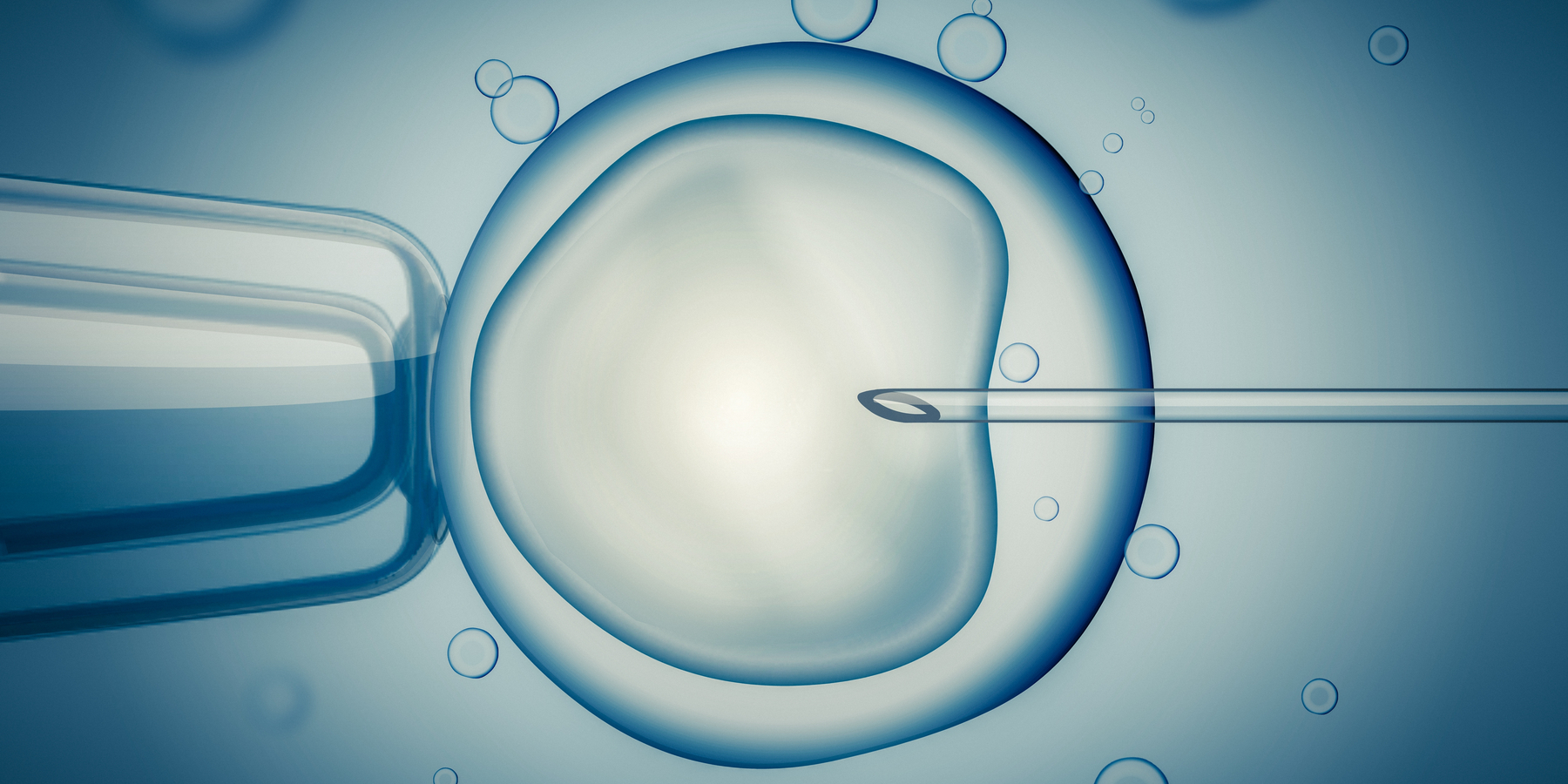Infertility and In Vitro Fertilization
What Causes of Infertility Can IVF Treat?
When it comes to infertility, IVF may be an option if you or your partner have been diagnosed with:
- Endometriosis
- Low sperm counts
- Problems with the uterus or fallopian tubes
- Problems with ovulation
- Antibody problems that harm sperm or eggs
- The inability of sperm to penetrate or survive in the cervical mucus
- Poor egg quality
- Genetic disease of mother or father
- An unexplained fertility problem
IVF is never the first step in the treatment of infertility except in cases of complete tubal blockage. Instead, it’s reserved for cases in which other methods such as fertility drugs, surgery, and artificial insemination haven’t worked.
If you think that IVF might make sense for you, carefully assess any treatment center before undergoing the procedure. Here are some questions to ask the staff at the fertility clinic:
- What is your pregnancy ratio per embryo transfer?
- What is your pregnancy rate for couples in our age group and with our fertility problem?
- What is the live birth rate for all couples who undergo this procedure each year at your facility?
- How many of those deliveries are twins or other multiple births?
- How much will the procedure cost, including the cost of the hormone treatments?
- How much does it cost to store embryos and how long can we store them?
- Do you participate in an egg donation program?
What Can I Expect From IVF?
The first step in IVF involves injecting hormones so you produce multiple eggs each month instead of only one.You will then be tested to determine whether you’re ready for egg retrieval.
Prior to the retrieval procedure, you will be given injections of a medication that ripens the developing eggs and starts the process of ovulation. Timing is important; the eggs must be retrieved just before they emerge from the follicles in the ovaries. If the eggs are taken out too early or too late, they won’t develop normally. Your doctor may do blood tests or an ultrasound to be sure the eggs are at the right stage of development before retrieving them. The IVF facility will provide you with special instructions to follow the night before and the day of the procedure. Most women are given pain medication and the choice of being mildly sedated or going under full anesthesia.
During the procedure, your doctor will locate follicles in the ovary with ultrasound and remove the eggs with a hollow needle. The procedure usually takes less than 30 minutes, but may take up to an hour.
What Are the Success Rates for IVF?
Success rates for IVF depend on a number of factors, including the reason for infertility, where you’re having the procedure done, whether eggs are frozen or fresh, whether eggs are donated or are your own, and your age. The CDC compiles national statistics for all assisted reproductive technology procedures performed in the U.S., including IVF, GIFT, and ZIFT, although IVF is by far the most common; it accounts for 99% of the procedures.
The latest report, from 2018, shows that 50% of IVF procedures in women ages 35 and under resulted in a live birth. For women ages 42 and older, 3.9% of the egg transfers resulted in a birth.

